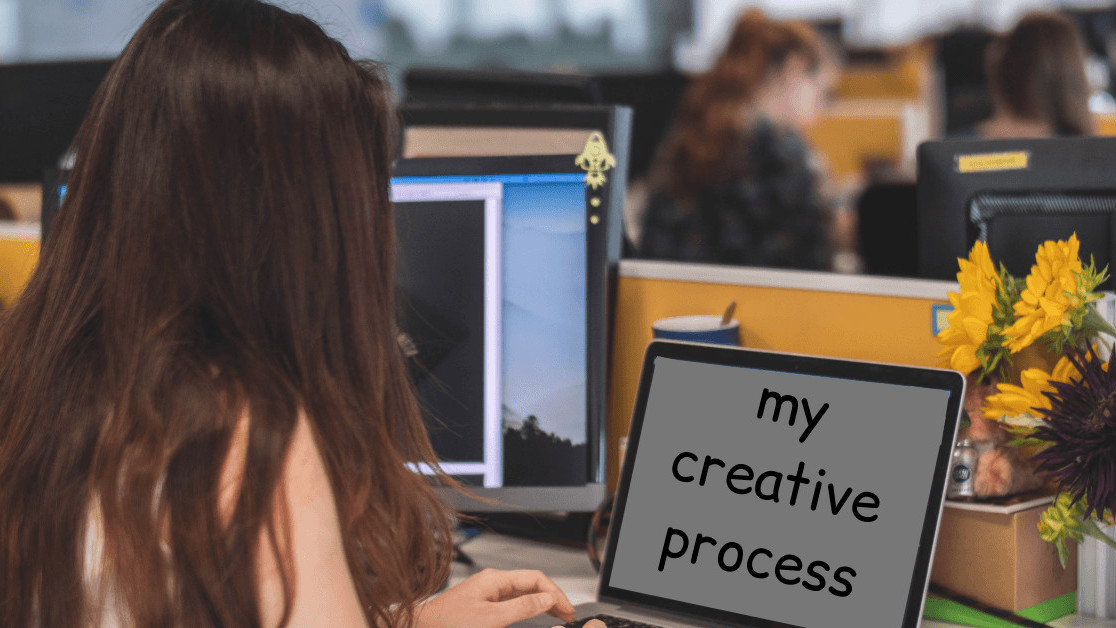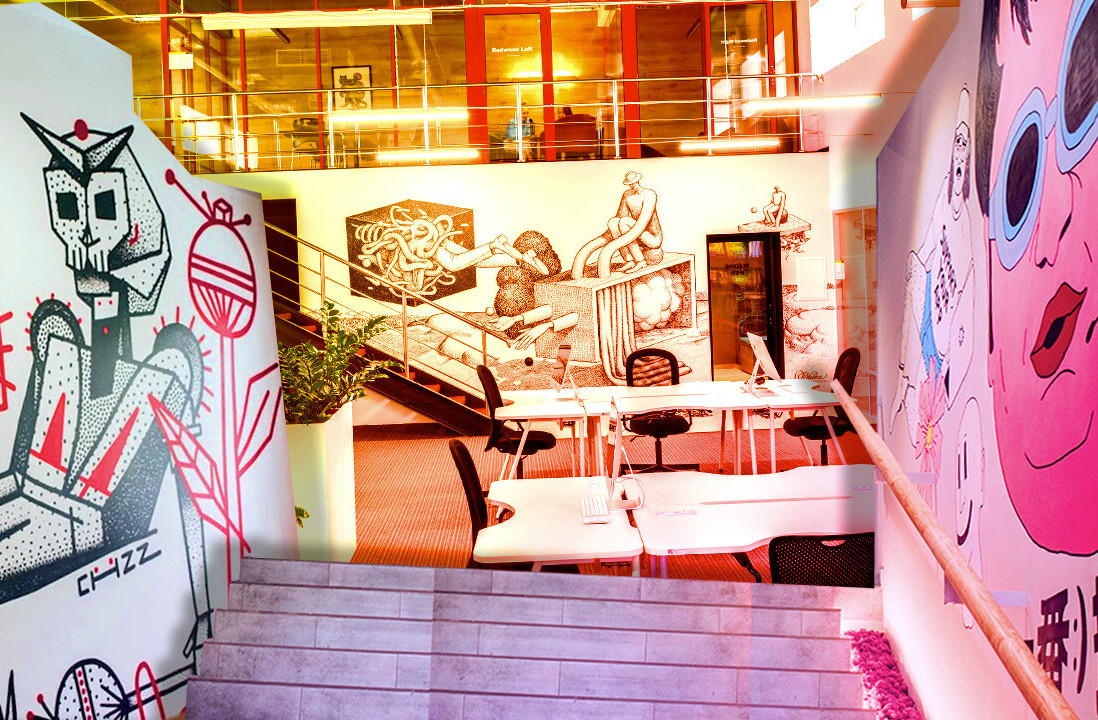
As an amateur designer and as someone who has worked with designers in marketing positions previously, I came to understand that designers of all sorts have their own creative process and each one is a little bit different. And that’s okay. Learning this as someone managing the designer’s projects (in a project coordinator role) and when creating on my own helped me better understand how to work with these individuals. But I also realized many others didn’t understand how they work and that would often create friction within the workplace.
As a web designer, have you ever been asked to produce a website with little instruction? Or to produce a design within a strict timeline? Often, I feel that web designers and/or developers (really any creative types) are expected to create spontaneously when the creative process doesn’t work that way. To combat this, here are some tips on how to explain your creative process (whatever it might be) and manage the expectations of those around you.
Be communicative

The best way to avoid workplace frustration is to communicate. Perhaps you work better in the evenings after most of your co-workers have left the office for the day. Working in the quiet of those hours may help you produce your best work. But the coworker who was trying to hunt you down in the morning when you were still at home or commuting could easily become frustrated at your absence.
During my tenure as a project coordinator, this was a constant complaint from other departments. Where were the designers? Shouldn’t they be working a 9-5 like the rest of us? But our designers didn’t function best in a 9-5 role. They worked late in the office and at home. They would come in on the weekends or when they had an idea that solved whatever issue they were dealing with at the moment.
To help both designers and those who work with them, be sure to communicate. As a designer, you might schedule office hours and advertise those hours so that other employees know they can find you at certain times. Communicating with co-workers about any issues and asking questions in a timely manner can help others feel involved and part of the process as well. Then, when snags arise, or a timeline is delayed all parties understand why.
You can also let others know the best way to reach you. Do you respond best to emails? Or do text messages work better? If co-workers know that they can get a faster response when chatting via a messaging app or software, it’ll help everyone feel more in touch.
Outline your typical creative process

In line with the topic above, it might be helpful for you to outline your typical creative process. How do you come up with new designs or ideas? Do you like to browse the work of others? Do you like time to sit and think? Does that sitting and thinking happen in the office or out of the office? Do you work by trial and error?
You may not have thought about these questions in detail before but knowing how you work and translating that for others can help them understand you (and your working habits) better. If you work by trial and error, then allowing time for the errors to occur is necessary. Or, you may be a developer who plans everything out in your mind or on your computer first and prefer to produce a product that’s as close to final as you can get it—which may take more time in the initial design stages than others expect.
Explaining your individual methods for creation can allow others a glimpse at what it takes to produce something from scratch. It can also help them realize that not all designers work in the same way. Just as a salesperson has their own methods for securing a sale, a designer has their own methods for producing a website or software.
Establish expectations for your role and for each project

Ideally, before you start a new role, expectations will be established with your manager. Knowing expectations from the start can help all parties feel understood and on the same page. This includes setting boundaries and explaining your process as stated in the previous section.
Should your manager be replaced, or new management come into play, set up a meeting to review these expectations. It will give you an opportunity to meet the new team member, review some past projects and get started in the right direction for the best possible working relationship.
Establishing expectations for each project can also set each of those projects up for success. Perhaps you’re working with new clients or a new department within your company—whenever you work with someone new, it’s a good idea to outline how you work and create a general timeline for the project along with what deliverables are expected. Getting as much information about a project outlined in the beginning can save hours in edits later.
The takeaway
Whatever your creative process, communicating and explaining it to others can help you and your co-workers have better working relationships. Managing expectations in a general sense and for each individual project can also help all parties be satisfied with the product. It’s okay to work differently than others and it’s okay to work within parameters that help you produce better work as long as you communicate those parameters so that others understand.
Get the TNW newsletter
Get the most important tech news in your inbox each week.





